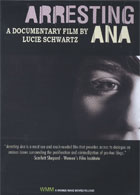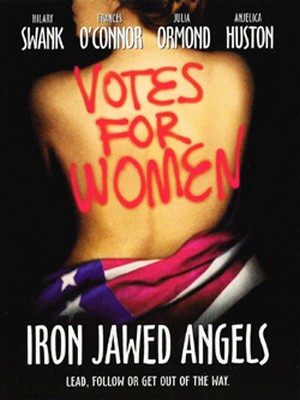Format: Color, DVD
Ella es el Matador (She is the Matador), as the title indicates, is a documentary film about two female bullfighters and their career in Spain and Latin America. The film features the life of a celebrated, professional female matador, Maripaz Vega, and of a novice, Eva Florencia. By depicting both the life within the bullfighting society and the process to enter the professional world, the movie rigorously captures the inequalities and obstacles that exist in the rigidly gendered – extremely masculine – bullfighting society.
In terms of narrative elements, Ella es el Matador consists of two big parts and these parts are blended into the flow of narration throughout the movie: individual lives of Maripaz and Eva and historical path of female bullfighters in Spain and Latin America. The lives of two female bullfighters are told mostly via the interviews of their family members and themselves; in an interview, Maripaz’s father proudly expresses his amazement toward his daughter’s achievement, mentioning that none of Maripaz’s brothers could attain the matador status. Eva’s run-away story from Italy to Spain for her passionate love of bullfighting when she was only sixteen is quite dramatic and impressive, too. The interviews of male matadors and audience also convey how deeply the gendered notion of bullfighting is ingrained in Spanish society. Along with these aspects, the movie provides historical background of women’s participation in bullfighting, “Franco’s Law,” which banned women from partaking in bullfighting, and unstated prohibition that still exists these days.
However, despite the discouraging attitude of the society that is shown in the interviews and history, two women’s passion and fascination of bull and bullfighting can never be missed in the movie; especially, the visuals vividly conveys the emotions. There are many close-up shots of Maripaz and Eva when they talk or are in practice; their fierce eyes talk more about their passion and love about bullfighting. Moreover, camera’s focus on their gestures – movements even in the tips of the hands and toes – and the rhythmical line that flows throughout their bodies when they are in the ring demonstrates the beauty and sensation of bullfighting and helps audience understand the meaning of being a matador.
Although Ella es el Matador does not suggest any particular solution to the gendered bullfighting society in Spain, it does describe well the realities of women matadors through the inclusion of different paths that Maripaz and Eva have ended up taking in the end of the movie. Especially, if one compares Ella es el Matador with Pedro Almodóvar’s movie on a female matador, Hable con Ella (Talk to Her) (2002), he/she can easily find the different attitudes in depicting women bullfighters of two movies.
For further information:
Ella es el Matador page on Women Make Movies website:
http://www.wmm.com/filmcatalog/pages/c755.shtml
Talcual films website (in French):
http://www.talcualfilms.com/estudio/ella-es-el-matador/
P.O.V. Ella es el Matador trailer:
http://www.youtube.com/watch?v=RdVyItKqnTM
Maripaz Vega on Bullfighting News:
http://www.bullfightingnews.com/modules/news/article.php?storyid=209
Article about Maripaz Vega’s recent activity:
http://www.theolivepress.es/spain-news/2011/03/23/ole-female-bullfighter-fights-to-return-to-malaga/
Art work of Eva Florencia:
http://www.pbs.org/pov/matador/photo_gallery_paintings.php
Trailer of Hable con Ella:
http://www.youtube.com/watch?v=7fl8tyEIXXI
Soomin Kim 2013.







